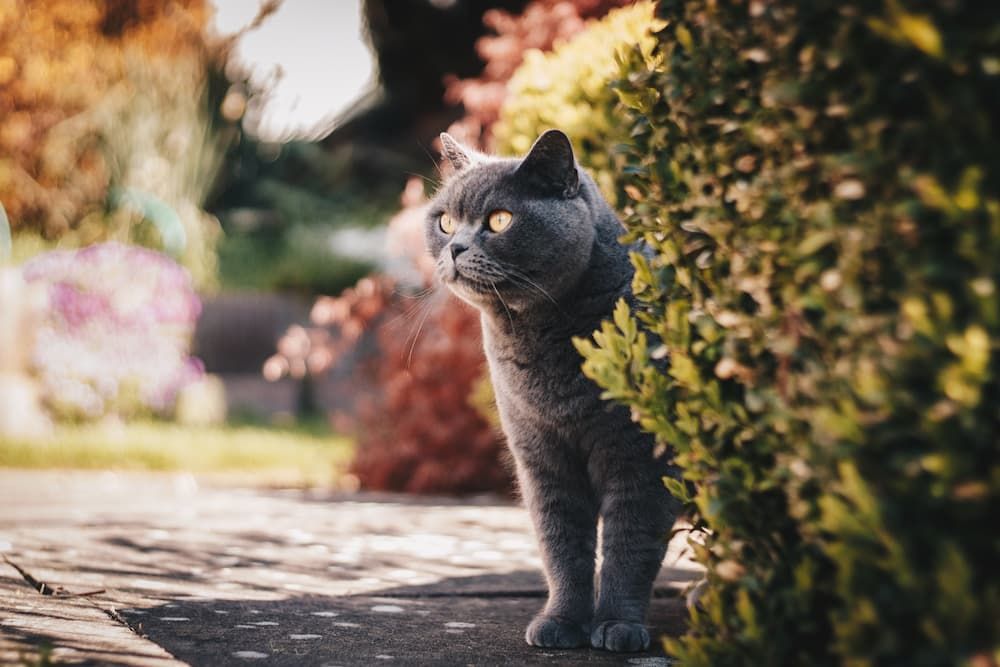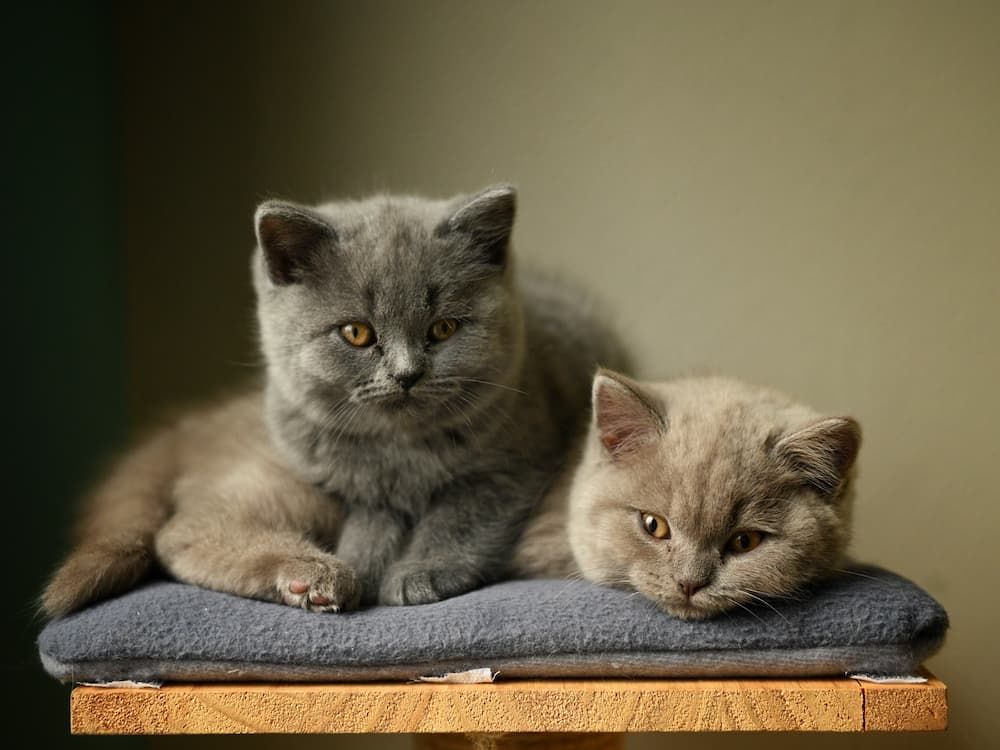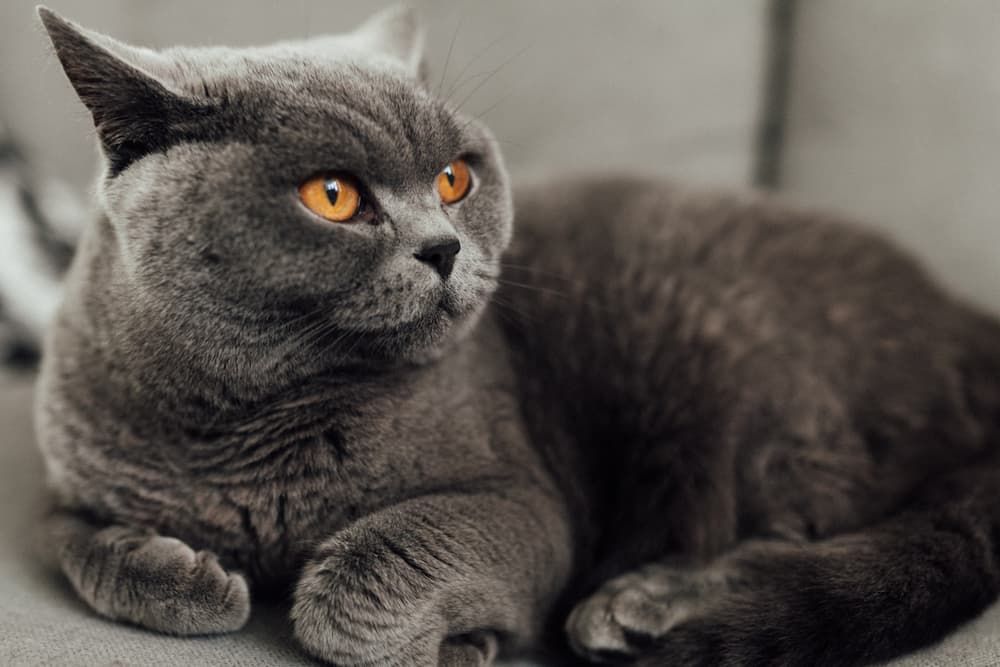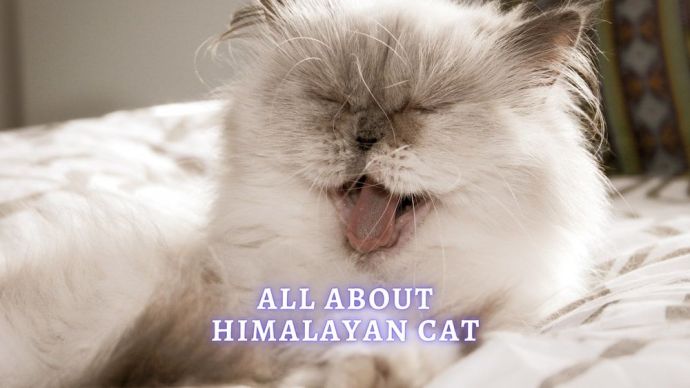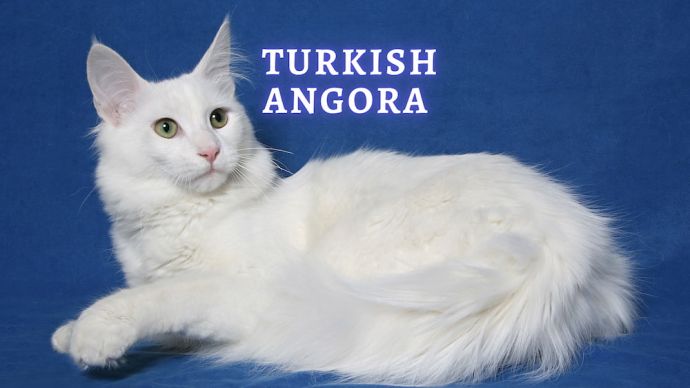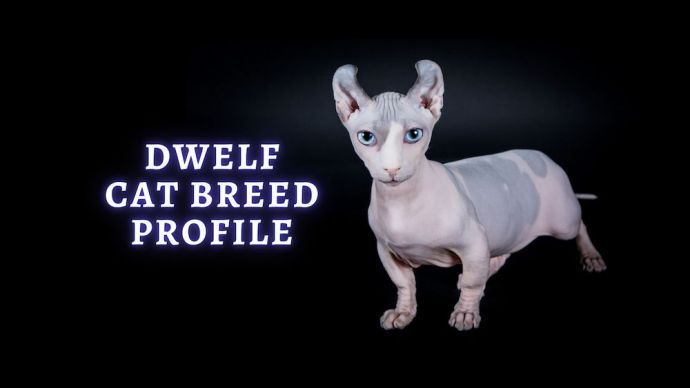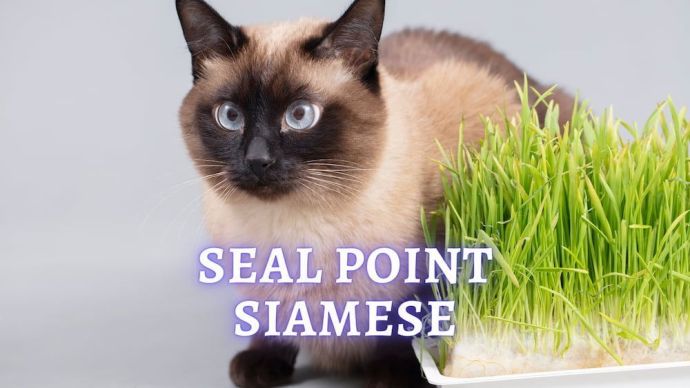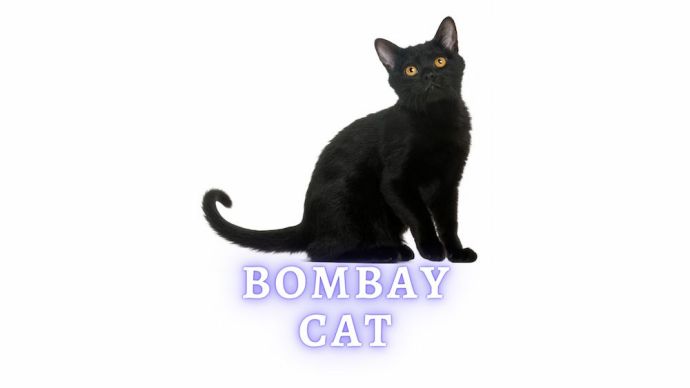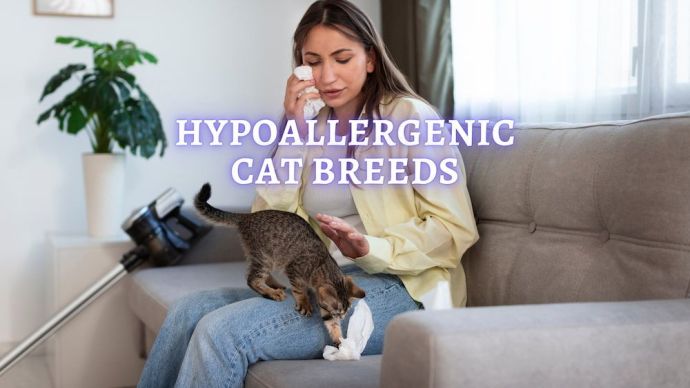British Shorthair: British Shorthair Cats Personality and Lifespan
Written by:
Author: Alina Andreeva
Alina A. is a professional writer, editor, and pet-lover. She has published over 50 articles on how to care for pets properly. Alina has been writing articles for 3 years, so she has considerable experience in this niche. Her natural curiosity helps her to expand her knowledge and learn new pet care life hacks, which will make your life much easier.
View all 79 articlesLearn about our editorial process and veterinary review board.
Viewed: 531
Updated on: 03/23/2022
The British Shorthair is one of the oldest large breeds of cats that originated in the UK. The breed was originally known as the British Blue. The name was associated with the characteristic color of the cat’s hair.
The British Blue was bred around the end of the nineteenth century. In the selection process, the color of the animal’s hair has changed, so the name has become irrelevant. In this regard, representatives of the breed began to be called the British Shorthair. Today, there are more than a hundred variations in coat color and pattern.
Characteristics
| Weight | 7-17 pounds |
| Height | 12-14 inches |
| Colors and Patterns | More than 100 color and coat pattern combinations: silver tabby, grey-blue, cream, calico, black and white and pure white, etc. |
| Lifespan | 15+ years |
History
The ancestors of modern British Shorthair cats lived for a long time next to a man in the British Isles. According to one version, they arrived in England about two thousand years ago, together with the Roman legionnaires. According to another version, they sailed with the French sailors, who used them on ships as excellent rat catchers. [1]
One way or another, cats settled on the shores of Misty Albion, where they could easily take root thanks to their excellent hunting qualities, good health, and sociability.
The ancestors of the British Shorthair were fortunate to live exactly where the felinological movement originated and where the first cat shows took place. This fortunate combination of circumstances probably played a significant role in their survival and recognition.
Interesting Facts
As the name says, the British Shorthair is traditionally English like scones and tea. We’ve found several facts about this beauty, whose short silky coat and sweet temper made him one of the most popular cats in the U.S.
1. This breed nearly became extinct.
During the early 20th century, the long-haired Persians and the eye-catching Siamese had stolen the scene. So the British Shorthair became less popular. Adding fuel to the fire, World Wars I and II had a devastating effect on cat breeding, so the British Shorthair almost died out! To ensure their survival, dedicated breeders kept this breed going. The British Shorthair cats survived, and in 1980 the CFA recognized the feline as an official breed in the U.S.
2. The British Shorthair was the inspiration for Lewis Carroll’s Cheshire cat.
Many historians believe that the Cheshire cat illustrations in Alice in Wonderland were inspired by a tabby British Shorthair. Also, this breed is rumored to have been the model for Puss in Boots.
3. They gain weight easily.
The British Shorthair is a solid-framed, muscular cat. Mature felines weigh 7-17 pounds. But they tend to get chunky and may become overweight. So cat parents should monitor their weight, feeding them accordingly with quality food and providing these cats with plenty of exercises. [2] Tipping the scales at a higher weight, felines face an increased risk for heart disease, diabetes, and other diseases.
READ MORE: Best Cat Food for Weight Loss
4. The British Shorthair has a quiet voice
The British Shorthair cats are usually quiet and calm compared to other breeds. Fun Fact: Despite being known to be very quiet, there was a time when the British Shorthair actually held the record for the loudest purr ever. The volume of the cat’s contented rumblings reached 67.7 decibels, which is as noisy as an average lawnmower. This cat died in 2014, but his record was only broken in 2015 with a 67.8-decibel purr. Fortunately, most British Shorthairs are not that loud, which is why they are so great to keep at home.
5. These felines are often called ‘bulldogs’ of the cat world.
The British Shorthair is often referred to as a ‘Bulldog’ of cats because of their stocky and muscular build. However, the British Shorthair is not brutal at all. They are cute bundles of fur who want to be loved by their owners and spend their time relaxing on the cozy carpet. Also, these cats have one more nickname – ‘teddy bear breed’. Many people call them this way because of the cat’s sweet facial features and plush look.
6. British shorthair cats get along well with kids.
This is truly a family cat – calm, benevolent, loving people of any age. He is unlikely to be too intrusive, moody, or nervous. He will also not complain too much about the awkward handling, although you should teach your kids to play carefully with their fluffy friend.
7. This breed is a long-lived one.
The British Shorthair cat is distinguished by excellent health. These felines often live more than fifteen years, and, in some cases, even more than twenty. So if you add such a kitten to your household, there is a fair chance that he will live with you for many years.
Personality
The British Shorthair is an ideal pet for those who love peace. Cats of this breed are real aristocrats who will never play active games or run around the apartment.
An adult British Shorthair cat is a model of seriousness, independence, and restraint. Kittens are quite active and curious; therefore, they need training from birth.
The British Shorthair is excellent for people who don’t spend much time at home. These cats will not suffer and feel sad in the absence of their human. However, this does not mean that they do not love their owner. On the contrary, unlike many other cats, the British Shorthair is attached to all members of the family, making no exceptions.
Despite their independence, the British Shorthair does require attention. He severely punishes the owner who neglects him. You need to play with, talk to, and pet your cat. But do it when the cat is in the mood. Otherwise, the pet can regard your tactless behavior as an attempt to violate his personal space.
The purebred British Shorthair gets along very well with other animals, including dogs, due to its even temper and intelligence.
| Potential for playfulness | 3 out 5 |
| Activity level | 2 out 5 |
| Friendliness to other pets | 5 out 5 |
| Friendliness to children | 5 out 5 |
| Grooming requirements | 2 out 5 |
| Need for attention | 1 out 5 |
| Affection toward its owners | 3 out 5 |
| Intelligence | 4 out 5 |
| Independence | 4 out 5 |
Exercise Requirements
Exercise plays an important role in the cat’s life. The British Shorthair doesn’t like to be active, so they can get chunky (especially as they grow older) if you don’t develop strategies to get them moving at a young age. Interactive toys, balls, and cat trees will come to the rescue and help keep your fluffy friend physically and mentally fit.
If you are a busy person and your kitty has to stay at home alone for prolonged periods, you can buy toys that encourage solo play. So your fluffy friend will not feel bored and snooze all his time away. But most British Shorthairs love to play with their human owners. After your busy day or on weekend, you can take your mind off things and give your kitty one-on-one attention. They will appreciate it. A welcome side effect is strengthening your bond with your cuddly companion.
British Shorthairs are independent. They do not crave company like some other feline breeds. However, these cats still love interaction. They just want you to play by their rules. This means that you need to participate in your cat’s games.
RELATED: Best Cat Toys
Health
British cats have good health, but this does not mean that you should take a hands-off approach. Follow the recommendations for caring for your pet, and there will be no health problems. The key to your peace of mind is vaccinations; therefore, do not skimp on vaccines for the animal.
The British Shorthair cat has certain physiological characteristics. Do not worry if kittens have watery eyes for up to six months — this is normal. Usually, by 3–4 months, it goes away, but sometimes it can last longer.
Like other cats, British cats can be neutered and spayed. If you do not plan to breed your cat, consult with your local vet when it is the best time to sterilize your cat.
Care
A cat is a new member of your family, so you should prepare well for his appearance. The first things a kitten will need include a litter tray for a toilet, a place for sleeping, a food bowl, and one or two toys.
First, buy a small litter tray. A tray for adult animals is not suitable for a kitten. Buy a filler for a tray. You should not purchase cheap fillers, as they do not absorb odors well. The best option is silica gel or wood fillers. They perfectly perform their main function — they absorb moisture and odor. Also, kittens do not try to taste them.
Many owners do not want to spend money on filler and replace it with sand or a newspaper. But this can be a problem with hygiene. The kitten will get in the sand with his paws and carry it throughout the apartment, jump onto a clean sofa, and into your arms. Your house will no longer be clean, and you will not be comfortable.
A newspaper is also not a good idea. It does not absorb odors at all. You will have to replace it with a new one every time your cat goes to the toilet. It is very inconvenient and impractical. High-quality silica gel filler will serve you for two weeks or even more.
READ MORE: Best Dust-Free Litters
You should also buy a food bowl. They differ in material and color. Like a litter tray, a bowl should fit the size of the animal. It should be convenient for your kitten.
It is essential to choose a sleeping place for the cat. Many owners love animals so much that they lay the cat next to them on the bed. But it is far from the best option. While sleeping, a person cannot control the position of his/her body and can harm a kitten. In other words, you can strangle it.
It is best if the cat has a permanent bed. You should teach the kitten to sleep in it from the first day. You can put the cat’s bed in the same room where you sleep at night.
RELATED: Best Cat Beds
To keep your pet’s hair beautiful and well-groomed, you need to take care of it. Comb it every other day in and against the direction of hair growth. Use a massage brush with natural bristles for this.
Cats like combing. You can remove the remains of hair with wet hands or a special mitten. Bathe your cat only when it is necessary — if he is dirty or has been outdoors for a long time.
Prices
The price depends on several factors: pedigree, sex, age, and color. Supply and demand for the British Shorthair can also affect the price. You can easily find people offering kittens of this breed at the price of $250 to $400. In such cases, you should be careful, as their cats can be unregistered and unhealthy.
Remember that certified and fully vaccinated kitten costs between $750 and $1300. If you need the British Shorthair cat for breeding or cat shows, you will have to pay more. Such kittens can cost anywhere from $1,300 to $3,000, sometimes even higher.
Shelter, Adoption, Rescue
The usual way to become a British Shorthair parent is to find a good breeder and buy a kitten. However, if you are tight on budget, this option can leave you penniless. Keep your head up, you can try rehoming. There are many beautiful geriatric felines at shelters that are looking for a loving human. They may just struggle to find new owners due to their advanced age. Adopting an older cat of this breed can be an amazing experience.
Where to find these wonderful kitties for rehoming? You can make enquiries at shelters; search adoption websites or ask breeders if they know about retirees in need of a new home. Adopting from a rescue center or animal shelter will be the least costly option while buying a retiree can be quite expensive. If you are not sure that British Shorthair is a breed for you, you can try fostering this kitten for a short period. He will live with you for a while before moving on to his permanent home. This is a great opportunity to find out how well this kitty will fit into your home.
The bottom line
British Shorthair cats are cute creatures and good friends. They relieve stress and calm nerves. This kitty makes a good companion for individuals and families with kids. Also, they are great for office workers because of their independence and low risks of developing separation anxiety. Caring for them does not require much cost or hassle. These majestic, beautiful, and imposing animals will turn any apartment or house into royal chambers.
FAQ
Are British Shorthair cats friendly?
They are not lap cats, but rather friendly companions. These laid-back and relaxed bundles of fur fit well into family life. They prefer to sit next to their owners rather than lie on their knees.
Are British shorthair cats lazy?
The British Shorthair cat is known for its calm personality. Generally even-tempered and docile, this cat can be a little lazy at times.
Why are British Shorthairs so expensive?
Cat sellers charge it because people are ready to pay. It is expensive to breed a good litter, but if everyone stops paying such high prices, the number of kittens put up for sale will plummet. Demand creates supply.
Do British Shorthair cats shed a lot?
No, these felines shed very little compared to long-haired breeds. Their fur has no undercoat, which reduces shedding and makes the texture very fluffy.
Article Sources:
- “The History of British Shorthair Breed.” British Cat USA, britishcatusa.com/single-post/2017/05/23/the-history-of-british-shorthair-breed.
- O’Connell, Erin. “Factors Associated with Overweight Cats Successfully Completing a Diet-Based Weight Loss Programme: An Observational Study.” BMC Veterinary Research, 14 Dec. 2018, bmcvetres.biomedcentral.com/articles/10.1186/s12917-018-1740-5.
 Cat Care Why Does My Cat Attack My Legs? 10 Reasons Why and What To Do About It (Vet-Approved Advice)
Cat Care Why Does My Cat Attack My Legs? 10 Reasons Why and What To Do About It (Vet-Approved Advice) - 46013
- 21
 Cat Veterinary Tips Cat Stomach Gurgling: Vet Advice on Why is Your Cat Stomach Gurgling?
Cat Veterinary Tips Cat Stomach Gurgling: Vet Advice on Why is Your Cat Stomach Gurgling? - 36469
- 4
 Cat Veterinary Tips My Cat Lost its Voice: Can Cats get Laryngitis? (Vet Advice)
Cat Veterinary Tips My Cat Lost its Voice: Can Cats get Laryngitis? (Vet Advice) - 23554
- 13











